Navigating High Auto Insurance Costs for Young Drivers
For young drivers, the open road often comes with a significant cost: high auto insurance premiums. Insurers view young, inexperienced drivers as a higher risk, leading to steeper rates compared to their older counterparts. This reality can be a challenge for new drivers and their families seeking to manage expenses while ensuring adequate coverage. However, securing affordable auto insurance for young drivers is not an impossible task. By understanding the factors that influence these rates and implementing strategic approaches, it’s entirely possible to find ways of reducing young driver auto premiums.
Navigating the insurance landscape requires a proactive approach. From exploring various coverage options to leveraging potential discounts, every step can contribute to a more manageable premium. This guide will walk you through effective strategies to help young drivers get on the road without breaking the bank.
The Power of Comparison: Finding Your Best Rate
One of the most effective strategies for reducing young driver auto premiums is to compare insurance quotes from multiple providers. Different insurance companies have varying underwriting models and risk assessments, which means the same coverage can cost significantly different amounts from one insurer to another. What one company considers high-risk, another might view more favorably, especially for young drivers.
Don’t settle for the first quote you receive. Dedicated comparison shopping can reveal substantial savings. Tools and online platforms allow you to quickly gather quotes from numerous carriers, enabling you to see a broad spectrum of options tailored to your specific needs. Look for insurers that specialize in or offer competitive rates for young drivers. You might be surprised at the difference in prices for similar coverage.
Unlocking Discounts: Smart Savings for Young Drivers
Insurance companies offer a wide array of discounts that can significantly help in reducing young driver auto premiums. For young drivers, specific discounts are often available that older drivers may not qualify for. Here are some key discounts to inquire about:
- Good Student Discount: Many insurers offer discounts to high school and college students who maintain a certain GPA (typically a B average or higher). This is because statistically, good students tend to be more responsible, and thus, safer drivers.
- Driver’s Education Course Discount: Completing an accredited driver’s education course can not only equip young drivers with essential skills but also qualify them for a discount.
- Defensive Driving Course Discount: Similar to driver’s ed, completing a defensive driving course can demonstrate a commitment to safe driving and may lead to reduced rates.
- Telematics/Usage-Based Insurance Programs: These programs involve installing a device in the car or using a mobile app to monitor driving habits such as speed, braking, and mileage. Safe driving habits can earn significant discounts.
- Multi-Car Discount: If a young driver is added to a family policy with multiple vehicles, a multi-car discount can often apply.
- Bundling Policies: Bundling auto insurance with other policies, such as homeowners or renters insurance, can lead to considerable savings across all policies. For more information on Essential Tips for Lowering Auto Insurance Costs, explore our detailed guide.
- Away-from-Home Student Discount: If a student attends college more than a certain distance from home and does not take their car with them, they may qualify for a discount.
Always ask your insurance agent about all available discounts. Even small discounts can add up, making a noticeable difference in your overall premium.
Strategic Coverage Adjustments for Reducing Young Driver Auto Premiums
While adequate coverage is crucial, adjusting your policy strategically can also contribute to reducing young driver auto premiums. Understanding your auto insurance policy and its components is key. Consider the following:
- Increase Deductibles: A deductible is the amount you pay out-of-pocket before your insurance coverage kicks in for a claim. Opting for a higher deductible on collision and comprehensive coverage can significantly lower your premium. Just ensure you can comfortably afford the chosen deductible amount if an incident occurs.
- Review Comprehensive and Collision Coverage: For older or less valuable vehicles, the cost of comprehensive and collision coverage might outweigh the potential payout in the event of a total loss. If the car’s market value is low, consider if liability-only coverage is a more economical choice, though this carries higher risk in terms of personal property damage. For a comprehensive overview of coverage types, visit our Auto/Car Insurance page.
- State Minimum Requirements: Familiarize yourself with your state’s minimum liability requirements. While these are the bare minimum, they are a starting point for discussion with your agent about balancing cost and protection.
An insurance professional can help you assess your needs and determine the right balance of coverage and cost for your unique situation, especially when considering the significant impact of how proxy factors influence premiums for younger drivers.
Driving Smart: How Your Habits Influence Your Rates
Your driving habits are arguably the most impactful factor in determining your auto insurance premiums, especially for young drivers. Reducing young driver auto premiums often comes down to maintaining a clean driving record. Insurers base rates heavily on perceived risk, and a history of safe driving signals lower risk.
- Avoid Accidents and Traffic Violations: This is paramount. Accidents and moving violations, such as speeding tickets or distracted driving citations, will significantly increase premiums for several years. Even minor infractions can have a lasting impact.
- Participate in Telematics Programs: As mentioned, these programs monitor your driving. Consistently demonstrating safe driving behaviors (e.g., smooth acceleration, gentle braking, adherence to speed limits) can lead to substantial discounts and prove your responsibility behind the wheel. For additional strategies for teen drivers to save on insurance, refer to external resources like The Zebra’s tips for teen drivers.
- Choose a Safer Vehicle: The type of car a young driver operates plays a role. Insuring vehicles with high safety ratings, lower theft rates, and less expensive repair costs can lead to lower premiums. Sports cars and luxury vehicles, conversely, typically come with higher insurance costs.
Every safe trip reinforces a positive driving history, gradually leading to more favorable rates over time.
Building a Strong Financial Foundation for Lower Premiums
Beyond driving habits, certain financial considerations can also contribute to reducing young driver auto premiums.
- Improve Credit Score: In most states, insurers use credit-based insurance scores as a factor in determining premiums. A higher credit score often correlates with lower insurance rates, as it suggests financial responsibility. Encourage young drivers to build good credit responsibly.
- Consistent Coverage: Avoiding lapses in auto insurance coverage is important. A history of continuous coverage, even if switching providers, indicates a responsible approach to maintaining insurance, which insurers view positively.
- Long-Term Planning: As young drivers gain experience, their rates will naturally decrease, typically stabilizing around their mid-20s. However, implementing the above strategies from the start can accelerate this process and lead to significant long-term savings. For comprehensive advice on saving money on teen car insurance, consider checking out resources like Ramsey Solutions’ guide.
By combining safe driving practices with smart financial decisions and proactive engagement with insurance providers, young drivers can significantly reduce their auto insurance burden and build a foundation for affordable coverage for years to come.
Have questions? Contact us here.






